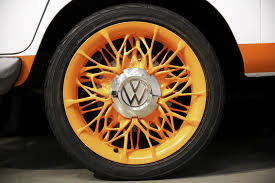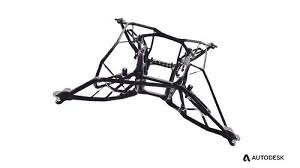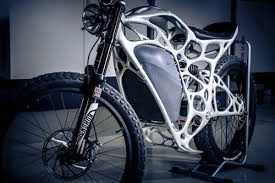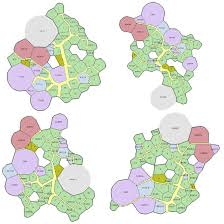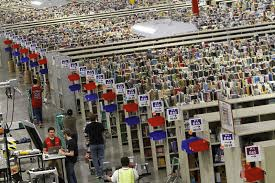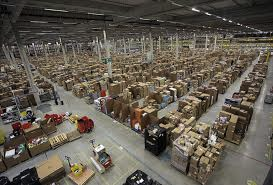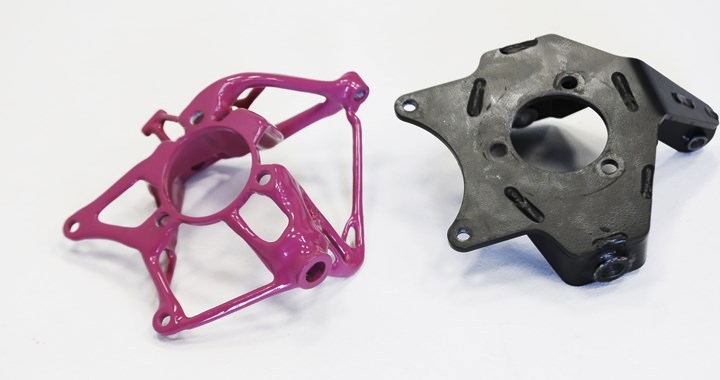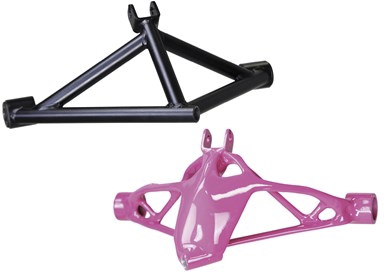Machines are making beautiful things without even trying to. We ask them to make something that optimizes for our requirements, they give us something back that looks surprisingly like nature. What is going on? A Thread
Here& #39;s how humans design a floorplan, and here& #39;s how machines design one, optimizing for minimal walking time and easier fire escapes
https://www.joelsimon.net/evo_floorplans.html">https://www.joelsimon.net/evo_floor...
https://www.joelsimon.net/evo_floorplans.html">https://www.joelsimon.net/evo_floor...
Amazon& #39;s chaotic storage reduces by half the amount of floorspace they need, reduces errors, among many other benefits. https://twistedsifter.com/2012/12/inside-amazons-chaotic-storage-warehouses/">https://twistedsifter.com/2012/12/i...
Solar panel designs by topological optimization algorithms can optimize for non-standard shapes:
https://www.sciencedirect.com/science/article/pii/S0960148115303505">https://www.sciencedirect.com/science/a...
https://www.sciencedirect.com/science/article/pii/S0960148115303505">https://www.sciencedirect.com/science/a...
Topological optimization produces heatsinks with comparable performance but only half the material:
https://www.researchgate.net/publication/325544742_Experimental_validation_of_additively_manufactured_optimized_shapes_for_passive_cooling">https://www.researchgate.net/publicati...
https://www.researchgate.net/publication/325544742_Experimental_validation_of_additively_manufactured_optimized_shapes_for_passive_cooling">https://www.researchgate.net/publicati...
3-wheeler electric vehicle startup Arcimoto is replacing components for machine-designed ones that save them 40% of the weight, increasing range and decreasing complexity
https://www.additivemanufacturing.media/articles/generative-design-to-bring-weight-and-cost-savings-for-micromobility-fuv">https://www.additivemanufacturing.media/articles/...
https://www.additivemanufacturing.media/articles/generative-design-to-bring-weight-and-cost-savings-for-micromobility-fuv">https://www.additivemanufacturing.media/articles/...
An evolved antenna was used on NASA& #39;s TDRS-C communications satellite, improving efficiency from 38% to 93%.
On a somewhat higher level, smart intersections look uncomfortably smooth, but can handle twice as many cars per unit of time, without traffic lights. https://www.dezeen.com/2016/03/21/light-traffic-junctions-mit-research-smart-intersections-design-driverless-vehicles/">https://www.dezeen.com/2016/03/2...
When AlphaGo beat the human champion, it made a move that was completely unexpected, one that human teachers would have trained out of their students: https://www.theverge.com/2016/3/9/11185030/google-deepmind-alphago-go-artificial-intelligence-impact">https://www.theverge.com/2016/3/9/...
What& #39;s the common thread? Machines tend to depend on us to define the high-level objectives, but they can explore infinitely more of the solution space than we could hope to. Their results are often much much better than we could ever hope to produce.
At the same time, they come with an aesthetic strongly pointing to natural patterns. Their form and function merge in a way that feels unattainable, but strangely perfect. And yet, the designs are ephemeral. A single change in requirements produces a completely different result.
Algorithmic design automates first principles thinking. By being incredibly fast, they can start over every time, and starting from scratch every time, they can afford to search for global optima, away from legacy, tradition, path dependency.
I& #39;m getting increasingly convinced that we should be creating algorithms instead of directly designing things as much as possible. If we& #39;re not able to design a chair, what tells us that we can design organizations, laws, educational curricula, health systems?
Humans are good at spotting errors but not great at being reliably great all the time. As the stakes rise, we can& #39;t afford to be carrying forward old designs just because we don& #39;t have time to redesign things. Codebases that are decades old are mostly waste and deadlock.
Our egos are telling us that we can do it better, but the reality is that we would be much better served focusing on simplifying our world before the complexity builds up to the point of collapse.
Here& #39;s the good news: There& #39;s a future where humans and machines can cooperate to be better than either on their own. Centaur chess (human+machine teams) produces beter games than the best chess engines alone. https://marginalrevolution.com/marginalrevolution/2013/11/what-are-humans-still-good-for-the-turning-point-in-freestyle-chess-may-be-approaching.html">https://marginalrevolution.com/marginalr...
If we find the way to combine effors, we can reduce the amount of bullshit work humans have to do, focus on the creative, insightful work of understanding, while creating incredible amounts of value for our civilization and increasing the chances we will make it into the future.
P.S.: a common reaction seems to be that algorithms don& #39;t apply to human systems as well. In place of a response: here& #39;s an approach I& #39;ve helped spearhead at my company where we use combinatorial optimization to produce superhuman quality schedules: https://www.balena.io/blog/the-unreasonable-effectiveness-of-algorithms-in-boosting-team-happiness/">https://www.balena.io/blog/the-...
One more incredible find in this category: Cassidy Silbernagel has applied topological optimization to 3d printer hotends. The result: he replaced 20 parts with 1, saved space, weight, cost, and the result is breathtaking. https://www.linkedin.com/pulse/dfam-case-study-c-redesigning-ultimaker-2-3d-printer-hot-silbernagel/">https://www.linkedin.com/pulse/dfa...

 Read on Twitter
Read on Twitter